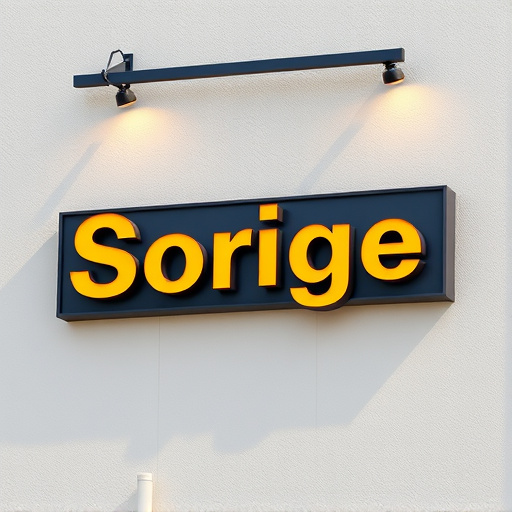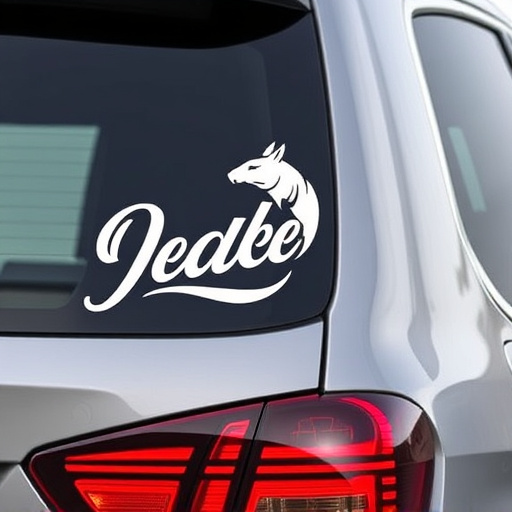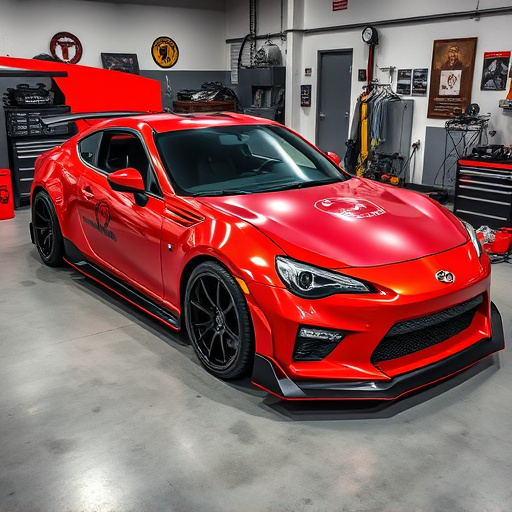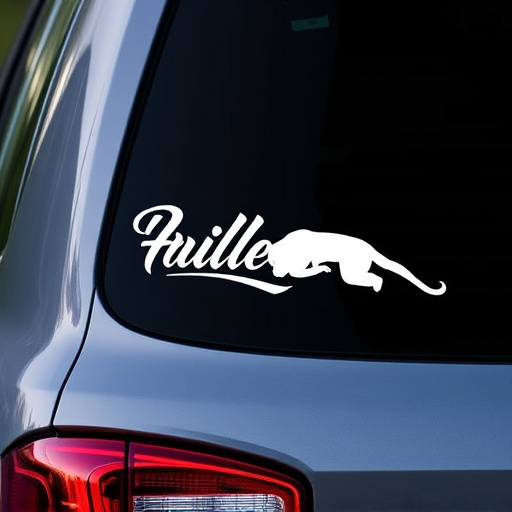Typography is a vital aspect of logo design creation, enabling designers to visually represent brand essence. Font choices influence a logo's recognition and emotional impact, with strategic pairings linking typefaces to desired brand attributes. In logo design creation, aligning font selection with brand identity and target audience ensures effective communication. Different typefaces evoke specific associations, from tradition and elegance (serif) to simplicity and contemporary design (sans-serif), allowing designers to craft logos that resonate deeply with audiences.
Typography plays a pivotal role in shaping the visual identity of a logo, acting as a powerful tool for designers. The choice of font can significantly influence the overall aesthetics and communication of a brand. This article explores how typography guides logo design creation, delving into strategies like selecting fonts that align with brand messages and synthesizing type to convey key brand attributes. By understanding these dynamics, designers can craft logos that effectively communicate brand identity.
- Typography's Role in Logo Visual Identity
- Choosing Fonts: Impact on Design Concepts
- Type and Brand Message Synthesis Strategies
Typography's Role in Logo Visual Identity

Typography plays a pivotal role in shaping the visual identity of a logo, serving as a fundamental building block for its overall design and impact. The choice of fonts and typefaces can instantly convey a brand’s personality, values, and purpose. In the realm of logo design creation, typography is not merely an aesthetic decision but a strategic one. A well-selected font can make a logo memorable, easily recognizable, and even evoke specific emotions in viewers.
For instance, bold and geometric fonts often imply strength and stability, making them suitable for brands associated with premium automotive services. On the other hand, playful and cursive typefaces can humanize a brand, fostering a sense of warmth and approachability, which might be ideal for businesses offering protective coatings or vehicle protection. Typography, thus, acts as a versatile tool that bridges the gap between visual aesthetics and brand messaging, leaving a lasting impression on audiences.
Choosing Fonts: Impact on Design Concepts

Choosing fonts is a pivotal aspect of logo design creation, as it significantly influences the overall concept and message conveyed. The right font can transform a straightforward design into an impactful visual symbol. For instance, a bold, geometric sans-serif font may evoke feelings of strength and modernness, making it ideal for vehicle protection or automotive brands aiming to project power and reliability. Conversely, a delicate serif font can impart elegance and tradition, suitable for companies offering luxury services or custom graphics that demand a touch of sophistication.
When designers select fonts, they must consider the brand’s identity and the target audience. A playful, cursive font might appeal to younger audiences but could be less effective for professional services or corporate entities. In contrast, a clean, minimalistic font can enhance the perceived credibility of a business while still allowing for creative expression through custom graphics and ceramic coatings, ensuring the logo stands out in a competitive market. This strategic choice of fonts is what turns a mere design into an iconic representation of a brand’s essence.
Type and Brand Message Synthesis Strategies

In logo design creation, typography acts as a powerful tool to convey brand messages effectively. By synthesizing type and brand identity, designers can create logos that resonate deeply with their target audience. For instance, a tech startup might opt for sleek, minimalist fonts to evoke modernity and innovation, while an automotive business could leverage bold, angular types to symbolize power and precision, much like the aesthetics of car customization and heat rejection window tinting. This strategic integration ensures that the chosen typography not only enhances visual appeal but also communicates core brand values coherently.
Understanding the nuances of different typefaces and their associations is crucial in this process. For example, serif fonts often convey tradition and elegance, while sans-serif types hint at simplicity and contemporary design. Crafting a logo that blends these elements perfectly can transform a mere graphic into a compelling visual representation of a brand’s essence, making it instantly recognizable and memorable, much like the precision and customization found in quality car modifications or the advanced heat rejection capabilities of high-end window tinting.
Typography plays a pivotal role in shaping the visual identity of logos, influencing design choices significantly. By carefully selecting fonts that align with brand messaging, designers can create logos that effectively communicate and resonate with their target audience. Understanding the impact of typography allows designers to make informed decisions, ensuring their logo designs not only look appealing but also convey the intended brand message succinctly. This strategic approach to type selection is essential in the logo design creation process, enabling designers to craft iconic and memorable visual identities.














